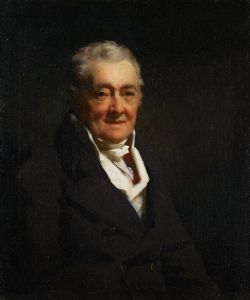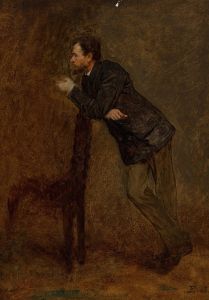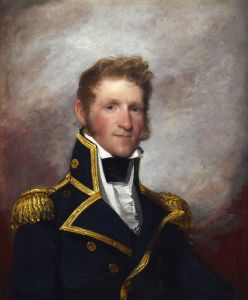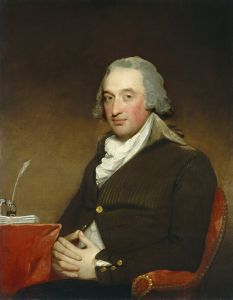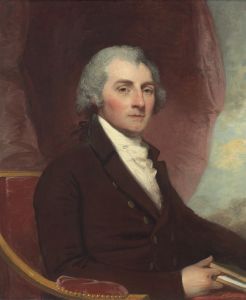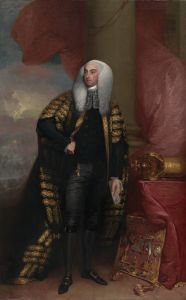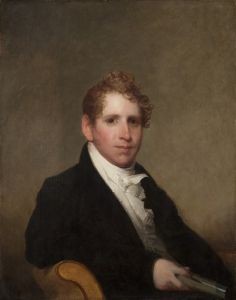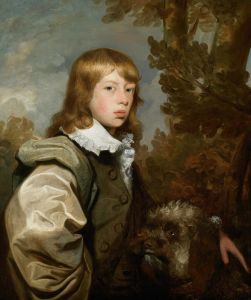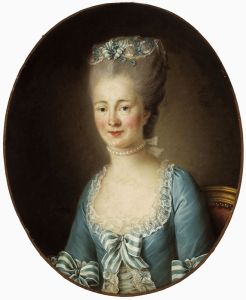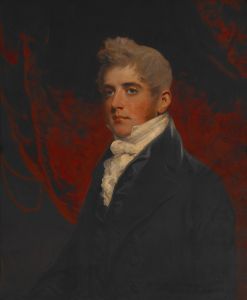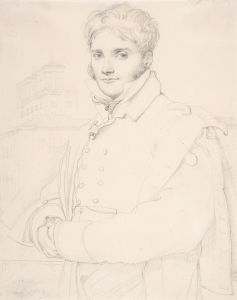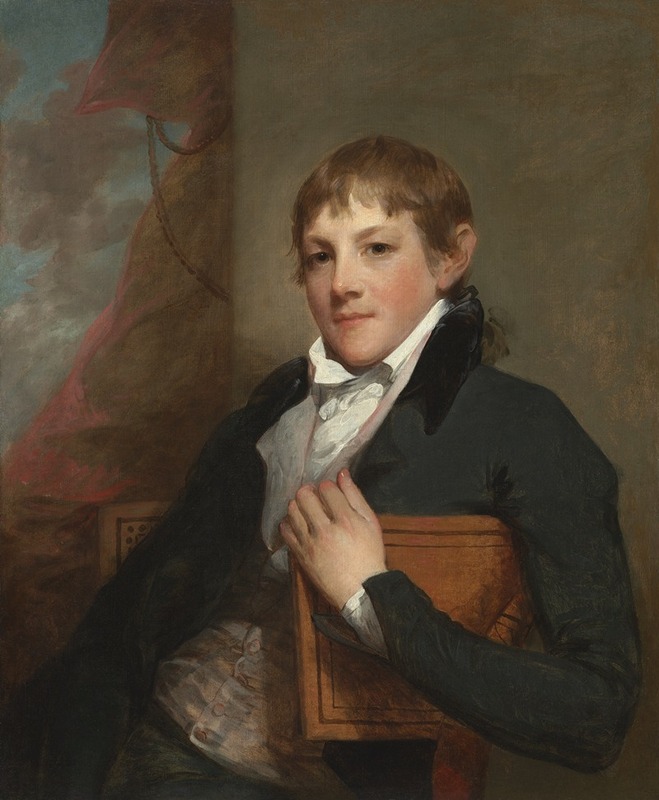
John Randolph
A hand-painted replica of Gilbert Stuart’s masterpiece John Randolph, meticulously crafted by professional artists to capture the true essence of the original. Each piece is created with museum-quality canvas and rare mineral pigments, carefully painted by experienced artists with delicate brushstrokes and rich, layered colors to perfectly recreate the texture of the original artwork. Unlike machine-printed reproductions, this hand-painted version brings the painting to life, infused with the artist’s emotions and skill in every stroke. Whether for personal collection or home decoration, it instantly elevates the artistic atmosphere of any space.
"John Randolph" is a portrait painting by the renowned American artist Gilbert Stuart. Completed in 1811, this artwork depicts John Randolph of Roanoke, a prominent Virginia planter and politician known for his fiery oratory and staunch advocacy of states' rights. Stuart, celebrated for his portraits of leading figures of the early United States, captures Randolph with a keen sense of realism and psychological depth.
Gilbert Stuart (1755-1828) was one of the foremost portraitists of his time, best known for his iconic unfinished portrait of George Washington, which appears on the United States one-dollar bill. Stuart's ability to convey the character and personality of his subjects made him highly sought after by America's political and social elite.
John Randolph (1773-1833) was a significant figure in early American politics. He served as a Congressman from Virginia and was a leader of the "Old Republican" faction, which opposed the centralizing policies of the Federalist Party and later the Democratic-Republican administrations of Thomas Jefferson and James Madison. Randolph was known for his sharp wit, eloquent speeches, and sometimes eccentric behavior. His political career was marked by his defense of agrarian interests and his opposition to the War of 1812.
In the portrait, Randolph is depicted seated, with a contemplative expression. Stuart's attention to detail is evident in the rendering of Randolph's facial features, capturing his intense gaze and distinctive profile. The background is simple and unobtrusive, ensuring that the viewer's focus remains on the subject. The use of light and shadow in the painting highlights Randolph's facial structure and adds a sense of depth to the composition.
Stuart's portrait of John Randolph is notable not only for its artistic merit but also for its historical significance. It provides a visual record of one of the early Republic's most colorful and controversial figures. The painting is part of the collection at the National Gallery of Art in Washington, D.C., where it continues to be appreciated by visitors and scholars alike.
The portrait exemplifies Stuart's mastery in capturing the essence of his subjects, making it a valuable piece of American art history. Through this work, viewers can gain insight into the character of John Randolph and the era in which he lived.






